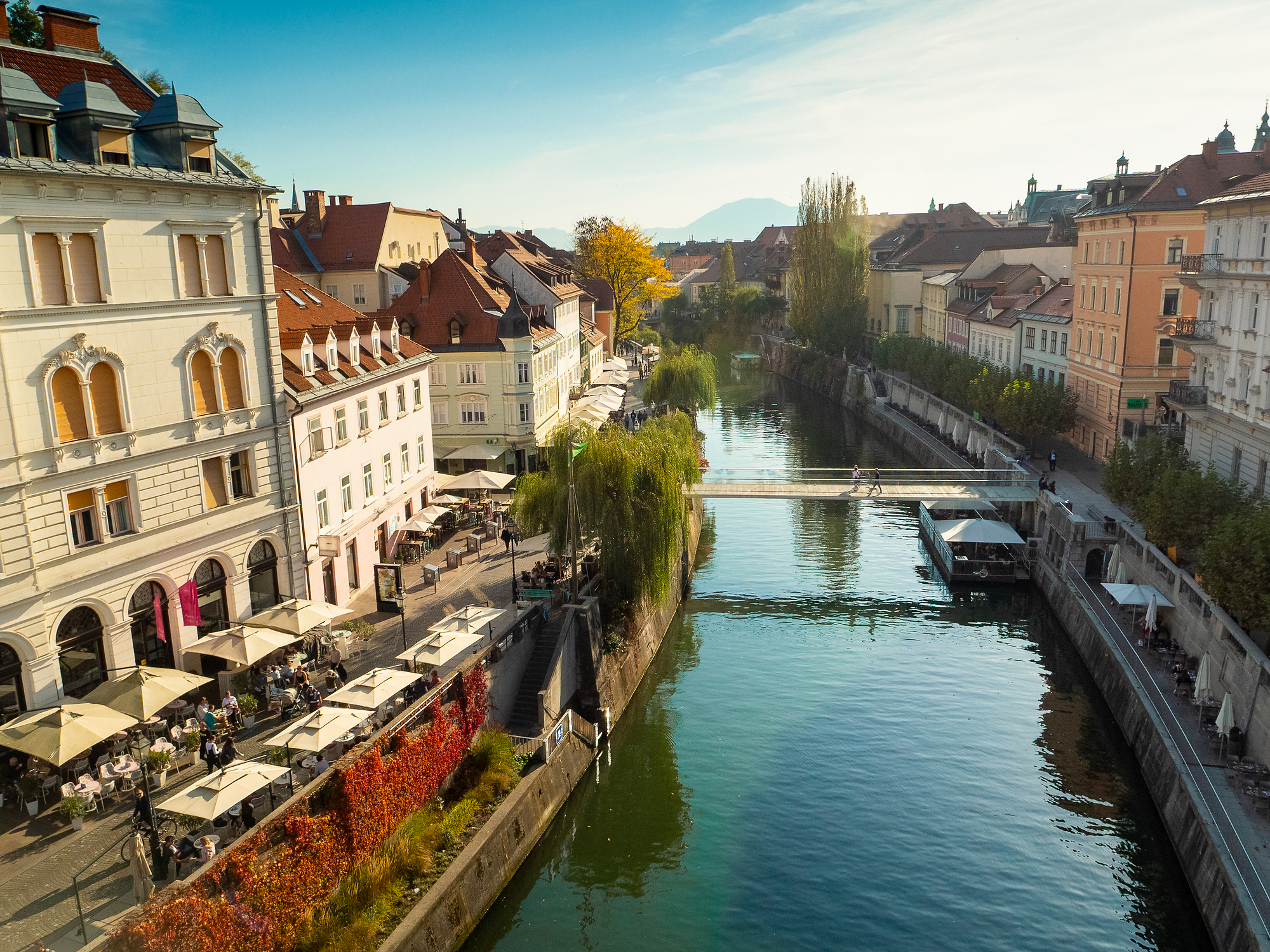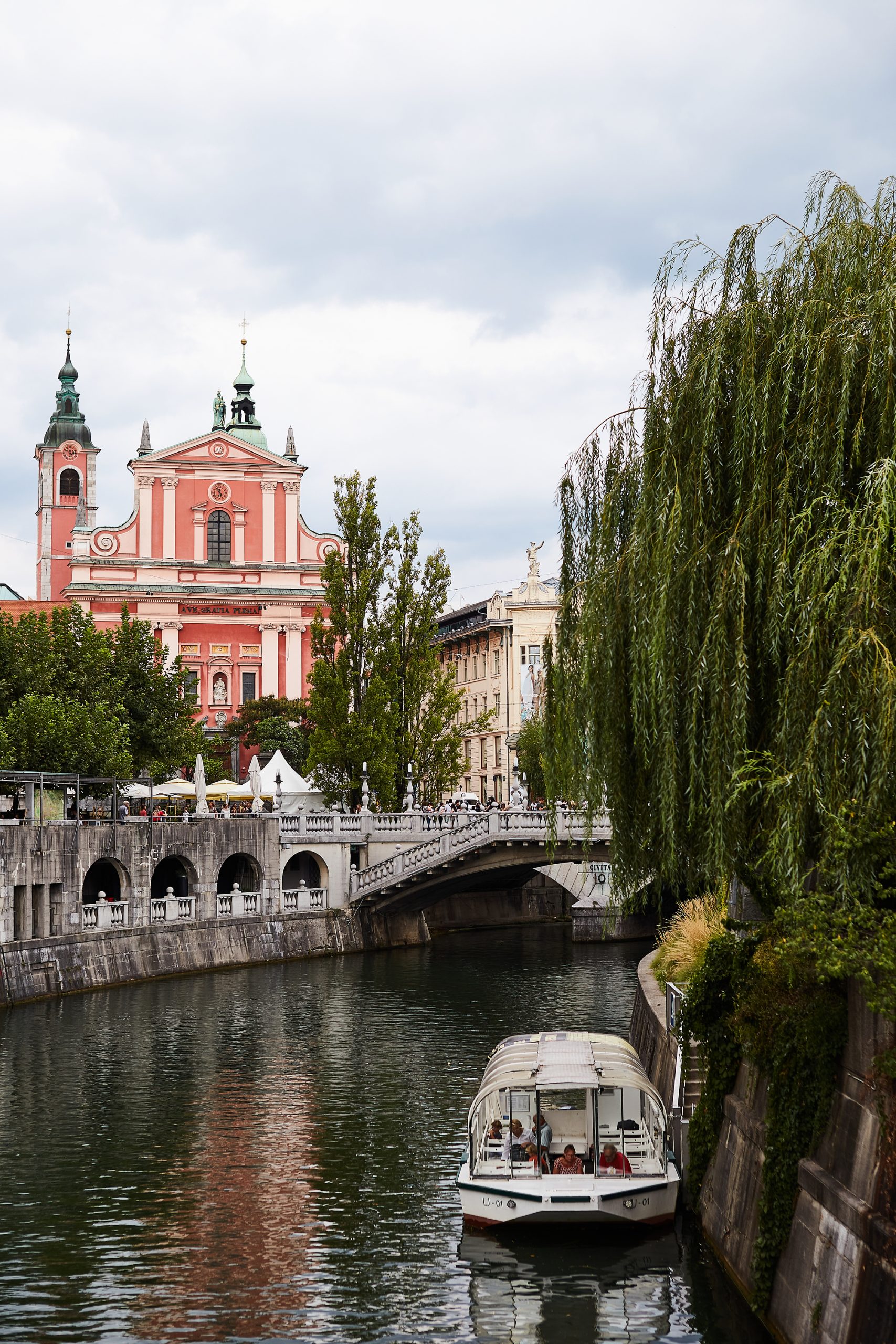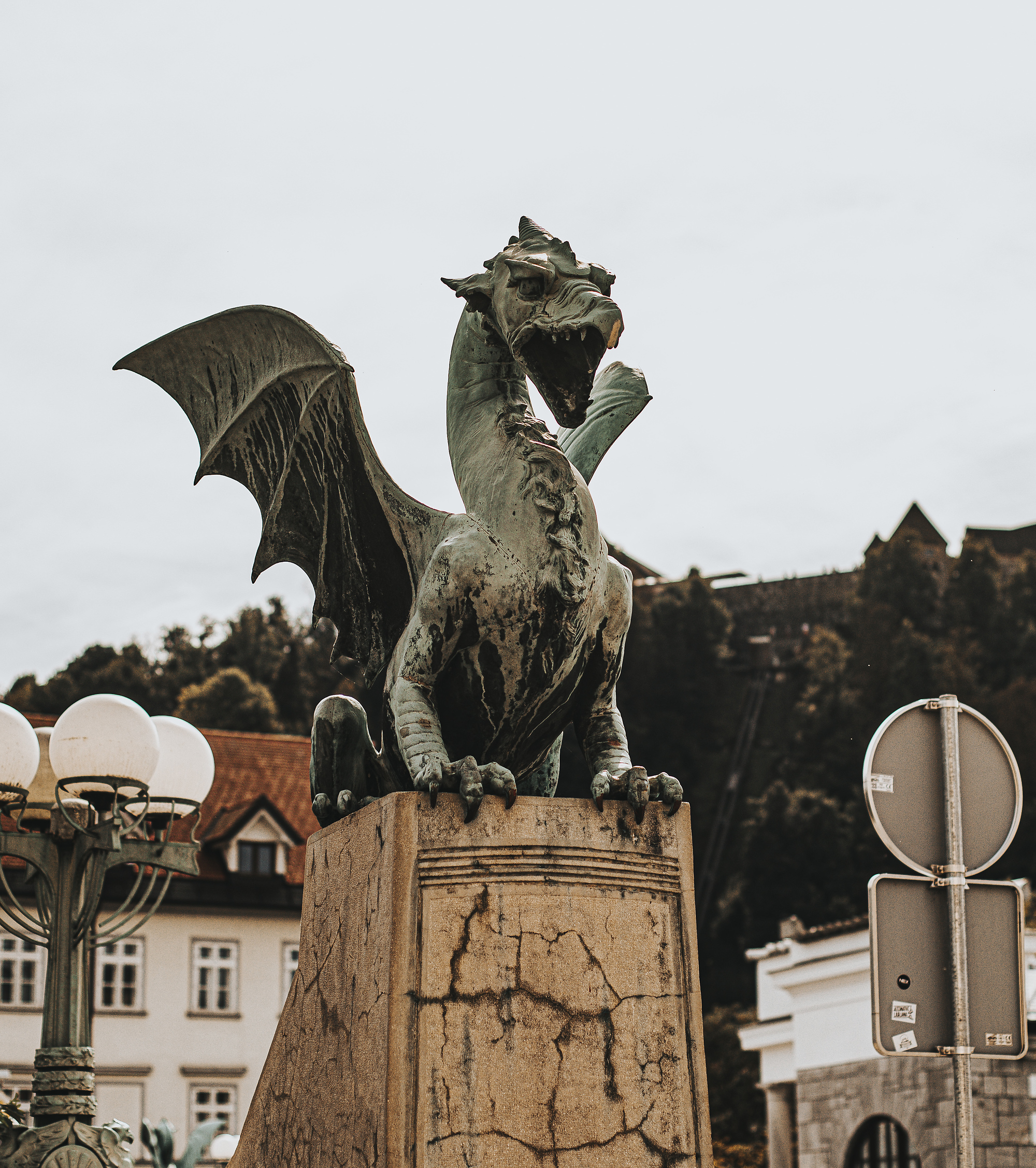Ljubljana
Often referred to as the hidden gem of Europe, Ljubljana, the small yet vital capital of Slovenia, is a stylish city offering a blend of old charm and new cool as well as a relaxed atmosphere.
Both its residents and numerous visitors perceive Ljubljana as an urban centre built on a human scale. With a population of 295.000, out of 2.100.000 in Slovenia, it is an easily manageable destination with vast pedestrian zones and a compact, walking and cycling city par excellence. Developing with a clear vision, Ljubljana places the quality of life, health and safety at the forefront, underlining that the clean drinking water, which is chemically untreated, is one of the invaluable assets of the city. As a mid-sized European city, it has preserved its small-town friendliness offering at the same time most contents that much larger capitals have.

A Blend of Alpine & Mediterranean Flair
Ljubljana features a wealth of history, arts and culture, excellent gastronomy and an atmosphere that is both Central European and Mediterranean. Many would add it is a safe, green, youthful, creative and multilingual city. While respecting the tradition, where authenticity and genuine hospitality play an important role, its society is knowledge-based, dynamic, innovative, open, inclusive and future-oriented.
Visitors like exploring the narrow, cobbled streets in the Old Town, which functions as a welcoming lounge and is, together with a wider city centre area, closed for traffic. One of its landmarks and main attractions is the medieval Ljubljana Castle, which has been standing on top of a hill above the historic quarter since centuries. The city coats-of-arms depict the castle tower as well as the symbol of Ljubljana – a mighty dragon, which also boasts having its very own, central bridge, named after him.
The cosy atmosphere along the Ljubljanica riverbanks, with its thriving café scene, a collection of intricately crafted bridges over the river, luscious urban gardens, the Baroque and Art Nouveau heritage as well as numerous other historic, cultural and culinary attractions harmoniously blend together into the city’s image and character. On top, the opus designed by the world-renowned architect Jože Plečnik, which was recently inscribed on the UNESCO World Heritage List, has given a unique aesthetic accent to his native city.

Ljubljana’s Green DNA
The title of European Green Capital 2016, awarded by the European Commission, has significantly strengthened Ljubljana’s recognition and city brand worldwide, placing it firmly on the map of the leading sustainable, green, innovative, visitor-friendly and most liveable capitals. As a legacy, this award is now an ongoing project and is now imbued into the city’s DNA.
The vast green areas in the city are complemented by a number of attractions amid pristine nature in the Ljubljana Region, which offers a host of possibilities for outdoor activities, as well as authentic cultural and culinary experiences.

And How do we Nickname Ljubljana?
By changing just one letter in our city’s name, you get the word “Ljubljena”, meaning “The Beloved”. It’s only right that the capital of the only country in the world holding LOVE in its name has a romantic twist…
Find out more: www.visitljubljana.com
The Legend of Ljubljana
Legend has it that Ljubljana was founded by the mythological Greek hero Jason and his companions, the Argonauts, who had stolen the Golden Fleece from King Aetes and fled from him across the Black Sea and up the Danube, Sava and Ljubljanica rivers. At a large lake in the marshes near the source of the Ljubljanica they stopped and disassembled their ship so they could carry it to the Adriatic Sea, put it together again, and return to Greece. The lake was the dwelling place of a monster, which Jason fought, defeated and killed. The monster, now referred to as the Ljubljana Dragon, found its place atop the castle tower depicted on the Ljubljana coat of arms.

